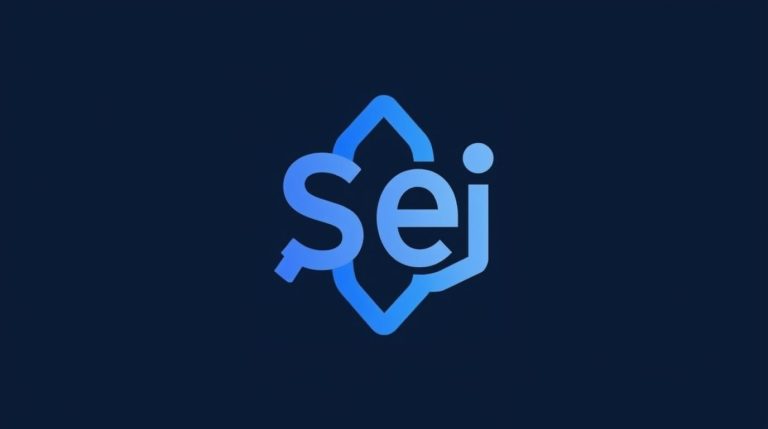I will never forget a live show I watched on Twitch that was actually my first time anyway. There was this excitement I felt inside me because I was enjoying the show, seeing my favourite player. Then, suddenly, my happiness turned to anger. The stream was buffering constantly, and I want to know why. I begin to doubt everything about my internet connection. All I wanted was to share my experience with a lot of people and be part of something interesting. But my connection was not giving me the best streaming experience. Interestingly, there was something I learned about at the time. Proxies. I don’t actually know what it was then, but after I researched it. Proxies are tools that can help you get a better internet connection by hiding your original IP address and improving connection speed and stability. Proxy servers like ISP Proxy, mobile proxy, and IPV6 proxy can make a difference for Twitch.
Key Takeaways
- Proxy servers can help your Twitch connection by controlling the flow of data to and from your device.
- Mobile, IPV6, and ISP proxies can help improve Twitch speed in different ways.
- What makes a big difference in whether you experience buffering or smooth streaming is how Twitch sees your device’s connection.
- If you are smart, you can change proxies to set up sessions correctly, which can help you keep a fast, uninterrupted connection for a long time.
How Twitch Evaluates Connections
There is more going on Twitch whenever you watch a Twitch show. Twitch constantly checks your connection to ensure the stream runs smoothly. To give you a quick idea of how it works:
- Speed: Twitch will definitely want to see how your internet works. The stream might pause or fail to load if your speed isn’t fast enough.
- Location: Twitch also would love to know where you are streaming from. If you are not close enough to a Twitch server, the show might be slower because it takes longer to send data over long distances.
- Stability: Twitch checks whether your link is stable. Buffering happens when you get disconnected often or when your speed is slow.
What Actually Changes by Proxy Type
Proxy types like mobile, IPV6, and ISP proxies can change your Twitch experience. Each of these types can affect how fast, safely, and reliably your connection works.
- Mobile Proxies: These proxies use an IP address assigned by a mobile provider. Because real mobile devices usually use these IPs. So it’s very difficult for Twitch to determine whether they are fake. This means that Twitch won’t be able to stop or slow you down if you watch streams from more than one account or access content that’s only available in certain areas.
Why is it good for Twitch:
- Get around Geo-blocks: If some streams are blocked in your area, mobile proxies can help you bypass them by giving you a different IP address from another country.
- Avoid being caught: They look like a normal mobile internet connection. So it will be harder for the hard to figure out that there might be a problem.
IPV6 Proxies
IPv6 proxies are the latest version compared to IPv4, which is older; they can handle more IP addresses. The reason is that they are not as popular, so Twitch or other platforms can likely detect or block them.
Benefits for IPV6:
- A lot of IP addresses: Because there are so many IPV6 addresses, Twitch is less likely to block your connection.
- Stability and Speed are better: They don’t get clogged up too often, because IPV6 proxies don’t use older IPV4 addresses, so they are usually faster and more stable.
ISP Proxies
These proxies come from an Internet Service Provider(ISP). People connect to these proxies via real ISPs, which makes it appear the data is coming from a reliable source.
Benefits for Twitch:
- High Stability: These proxies provide the most stable connection because they are less likely to experience delays or shutdowns.
- Very Low Risk of being Blocked: Since these proxies are from real ISPs, Twitch is unlikely to report or block them.
- Best for Extended Streaming: The best thing about ISP Proxies is that they give you the privacy and speed you actually need to stream for a long time without holding you.
Practical Scenarios & Recommended Choices
Different proxies can work better for you depending on what you want to do. Let’s look at some real-life examples and see which proxies. Work best in each one.
- First Scenario: Streaming without any breaks.
If you want the best experience when watching your favourite stream, you will need a proxy to keep your connection stable and fast. The best option here is to use ISP proxies. Their connection is more stable. So you can stay on long sessions without worrying about buffering or breaks. ISP proxies are the best choice for long-term security and speed.
- Second Scenario: Accessing Content that is blocked in your country
If you want to watch a stream that is only available in a certain area. Mobile is the best choice to help get around these blocks. Mobile proxies often come from various countries, so you can change your location by changing the IP address of your device. Mobile is the recommended choice because it’s great for bypassing geo-blocks and accessing information from other places.
- Scenario 3: Making Sure privacy and anonymity
IPv6 proxies should be your first choice if you care about privacy and want to ensure your connection isn’t out there for everyone to see. Your connection cannot be tracked because it has a large pool of IP addresses. IPv6 is the recommended choice if you consider your privacy and anonymity essential while streaming.
You can make better decisions to improve your performance if you understand the differences between mobile, IPv6, and ISP proxies. If you are tired of buffering and want to improve your streaming experience, consider using a Proxy for Twitch. A proxy server can be the answer you are looking for if you want faster speeds, better Security, or just to avoid interruptions. If you pick the right proxy and rotate it often, then you can stream Twitch without any problems.
Rotation & Session Design
Rotation and Session Design are essential when considering using proxies for Twitch. Twitch can block you if you use too many proxies. Rotating them can help you stay unblocked or slow down.
● Rotation of Proxy
The process of changing the IP Addresses you use often is what proxy rotation actually means. When you have too many accounts or are receiving a lot of information, this is a good reason. By switching between proxies, Twitch will see you as a regular user and how you use their service. This reduces the risk of being banned or blocked.
Let’s take, for example, that you could switch between mobile, IPv6, and ISP proxies, making sure you always have a new IP address. This works best for people who need to keep up with multiple connections or who need easy access to information that isn’t available to everyone.
● Session Design.
How you set up your session also affects how well your connection works. If you want to stream for long periods, the most stable way is to use an ISP proxy. For short sessions, you can probably use mobile or IPV6 proxies. ISP proxies work best for long sessions where you don’t want your connection to drop or slow down. Mobile proxies work the other way round. It’s best when you just want to watch a short stream. Planning to choose your server based on how long you plan to stay connected to Twitch is essential.
Cost & Performance Modeling
One thing to keep in mind when it comes to a Twitch server is the cost. ISP proxies tend to cost more compared to other types of proxies. But they work the best. Mobile proxies and IPV6 proxies are less expensive, but each has its own advantages and disadvantages.
Cost Breakdown:
- Mobile Proxy: There are a lot of these types of proxies out there. One thing is that they are not as stable and fast as the expensive options out there. They are the best for short-term use or getting information that isn’t available to everyone.
- IPV6 Proxy: This is way better than a mobile proxy. They cost a little more than they do, but when it comes to stability and privacy, they offer more to you.
- ISP Proxy: These are the most expensive but most effective. They work best for heavy, long-term use and provide a strong connection.
Performance and Cost
Cost and performance should be considered when selecting the right proxy. If you just want to watch a stream for a short time, I suggest you use a mobile proxy. They won’t take a lot from your pocket. But if you are serious about streaming for a long time and need a stable connection, ISP Proxies are the best option.















 Bitcoin
Bitcoin  Ethereum
Ethereum  Tether
Tether  XRP
XRP  USDC
USDC  TRON
TRON  Lido Staked Ether
Lido Staked Ether  Cardano
Cardano  Avalanche
Avalanche  Toncoin
Toncoin  Wrapped SOL
Wrapped SOL